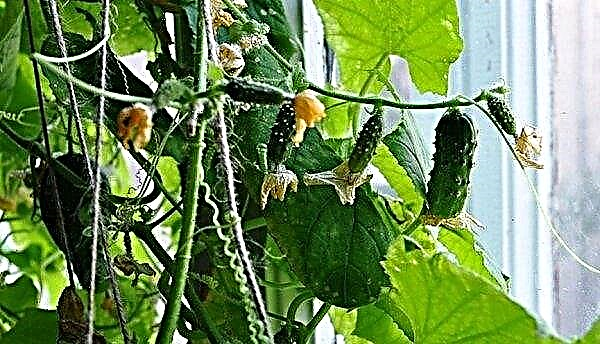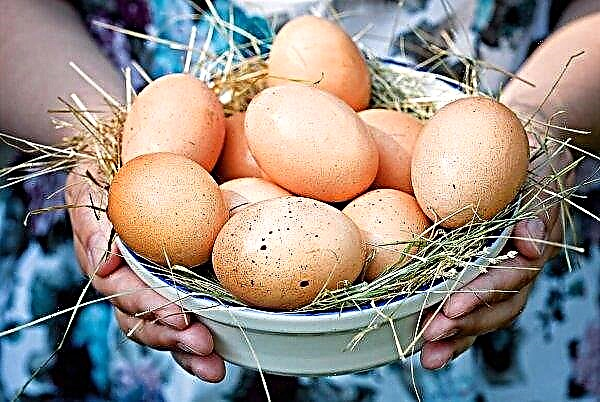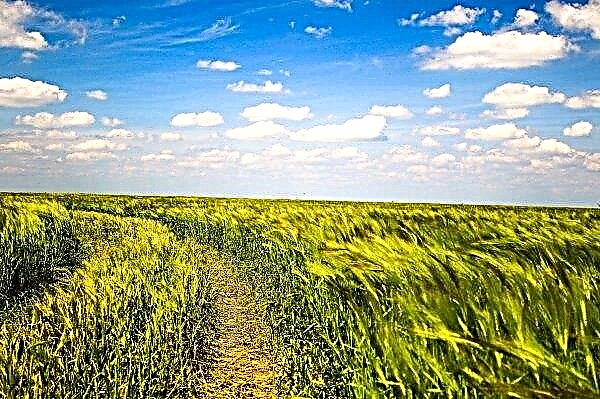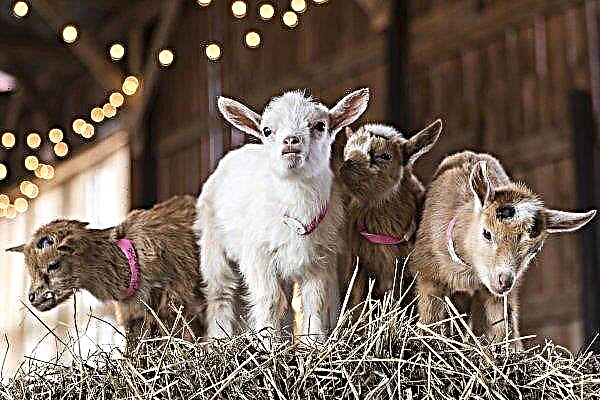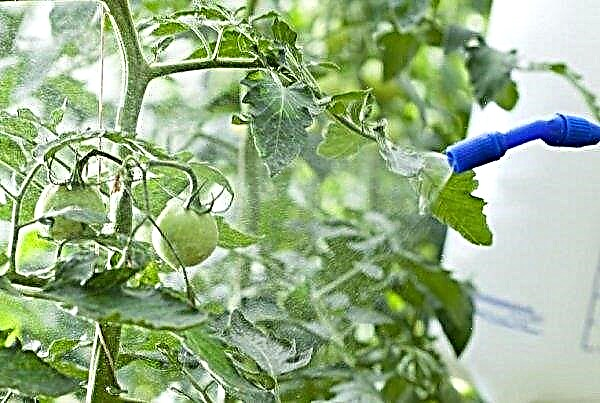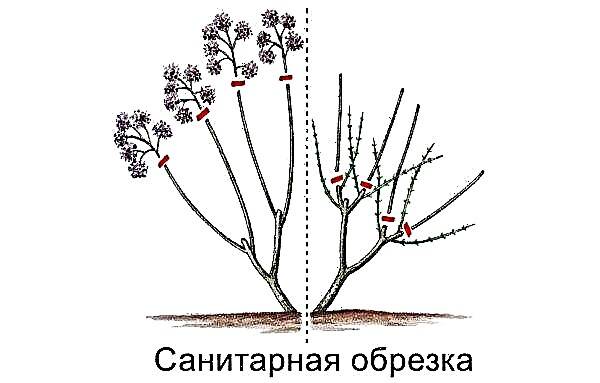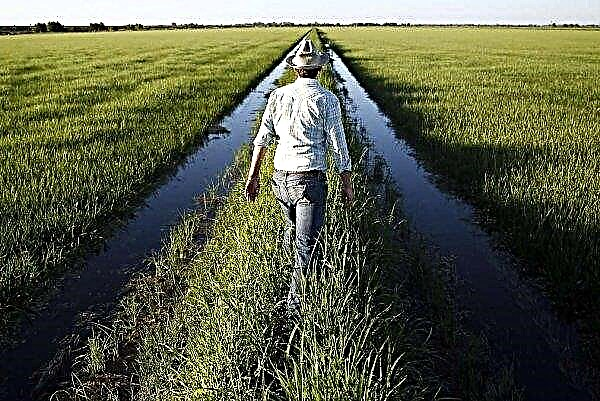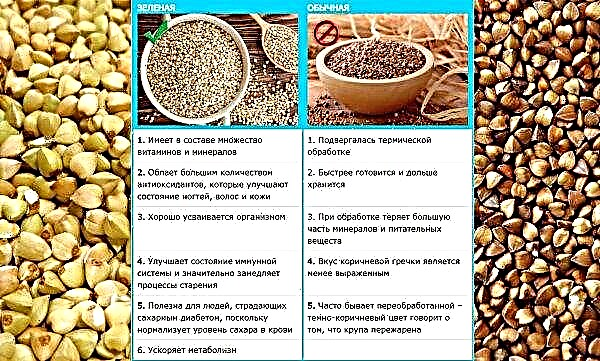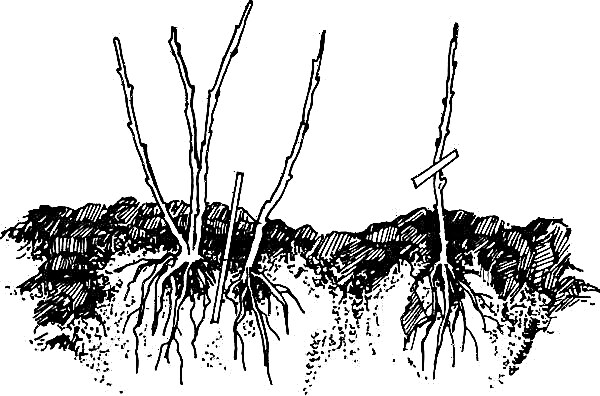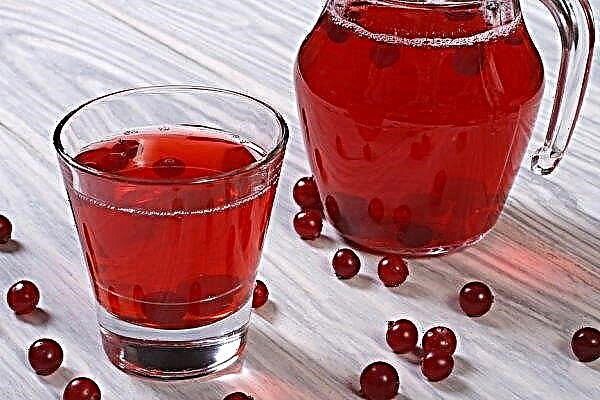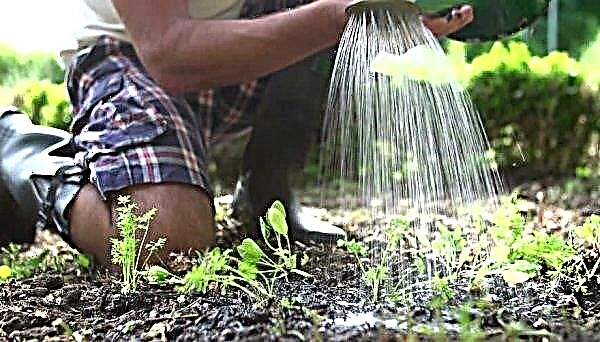Spruce is quite popular among landscape designers and gardeners who want to create a unique atmosphere on their site. She perfectly takes root in various climatic conditions and is undemanding in leaving, but does not always respond well to the neighborhood with other plants. What can be planted next to the tree, read below.
The role of fir trees in landscape design
There are many varieties of fir trees and all of them are great for creating various compositions in landscape design. With the help of pruning, these plants can be given any shape.
Important! If you decide to give preference to fir trees when choosing decoration for a site, it is worth understanding that these are dimensional plants with a powerful root. They are suitable only for large areas, otherwise there is a high risk of shading other vegetation, as well as the destruction of the foundation of buildings.
In combination with stones of various textures, as well as flowers, shrubs and other coniferous species of plants, you can create a rockery ("stone garden"). If you need to carry out zoning of the territory, spruce is perfect for hedges.
In addition, with their help it is possible to place emphasis on buildings and architectural objects, planting copies of various heights and colors. In a single landing, tall spruce is more often used. Such representatives will help create a shadow next to the gazebo and set aside a place to relax.

Good neighbors fir
Before you begin to create an atmosphere on the site with the help of spruce, you should familiarize yourself with the information about the favorable neighborhood in more detail. The fact is that the needles scattering from the shoots will acidify the soil, which does not always favorably affect the development of other plants.
In addition, the crown casts a big shadow, which is not entirely good for the growth of many representatives of the flora. Given this, preference should be given to varieties that can grow with spruce in symbiosis.
- Near the trees in question you can grow:
- forest plants;
- cereals;
- perennial flowers;
- annual flowers.
Important! In the immediate vicinity of conifers, do not plant fruit trees. The tree will take away most of the nutrients and moisture from the soil, which will lead to the drying out of neighboring fruit specimens.
Forest plants
First of all, we should consider plants that coexist in symbiosis with fir trees in their natural habitat.
Of these, well suited for growing on the site:
- Ferns - one of the oldest plants on Earth. They take root well on acidic, moist soils, and tolerate significant shading. You can plant them right under the tree. These plants grow rapidly, forming green islands. Their openwork shoots create a fabulous atmosphere.
 The most suitable species: fegopteris beechen and Linnea's holokomuchnik.
The most suitable species: fegopteris beechen and Linnea's holokomuchnik. - Ozhika forest and snowy - relate to perennial herbaceous plants. Their leaves are flat, ciliated along the edge. Inflorescences are white, panicled. The stems are up to 30 cm tall. Plants prefer acidic, well-moistened soils. In the forest they grow in symbiosis with fir trees and ferns.

The advantage of such plants is that they can be transferred from the nearby coniferous forest. They tolerate transplantation well and quickly take root in a new place, in contrast to forest inhabitants such as blueberries and pear trees of different species.
Cereals
Cereal crops will also grow well in the conifers and combine with blue spruce.
Of these species on the site, you can plant:
- Fescue - The stem is erect, 10–120 cm high. The leaves are linear, with pronounced roughness or hairy. Paniculate inflorescences, 5–15 mm long. For arrangement of lawns red and meadow fescue is more suitable. These herbs also belong to forage crops from which hay is harvested.

- Kolosnyak - the leaves are linear, almost spread along the soil. The stems are tall, erect, from 30 to 150 cm. Inflorescences are panicles. Many species are widely used not only in landscape design, but also for harvesting hay for livestock.
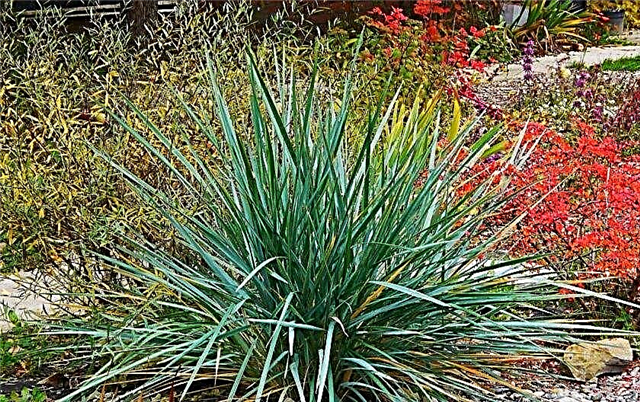
- Feather grass - has a rather specific look. His ear is like a horsehair. If it was decided to combine it in a composition with fir trees, then it is better to plant it away, because he prefers dry soils and does not tolerate waterlogging.

- Miscanthus - vegetation can reach a height of 200 cm. It has a high decorativeness throughout the entire growing season (from spring to late autumn). In landscape design, it is used to decorate the shores of reservoirs, as well as in rockeries in combination with conifers and stones of various textures. In the phase of full maturity, the Miscanthus inflorescence becomes fluffy, which makes it an excellent raw material for creating interesting floristic compositions.
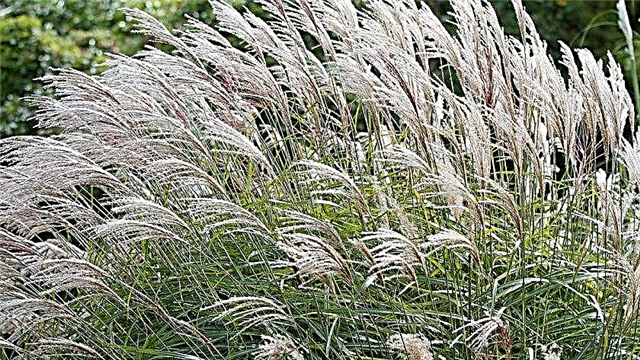
- Boron branchy - This type of cereal is distinguished by wide, loose panicle inflorescences resembling small trees. It is well established on moist soils. Used to decorate lawns. In shady coniferous gardens it can be involved with other herbaceous plants and flowers in the background.

Cereals are perfectly propagated by seeds, grow quickly and take root on almost all types of soils. Many of them are suitable for growing on sandy hills, to strengthen the soil.
Perennial flowers
To make the dacha dazzled with different colors and distinguished by decorativeness at different times of the year, you can use perennial flowers.
Of these, the Christmas tree will be in good harmony:
- Hydrangea - the plant blooms from spring to late autumn. It is a shrub and tree, up to 3 m high. Great for combination with conifers, because it needs acidic soil and shading for growth and full development. Such plants will look great in the background.
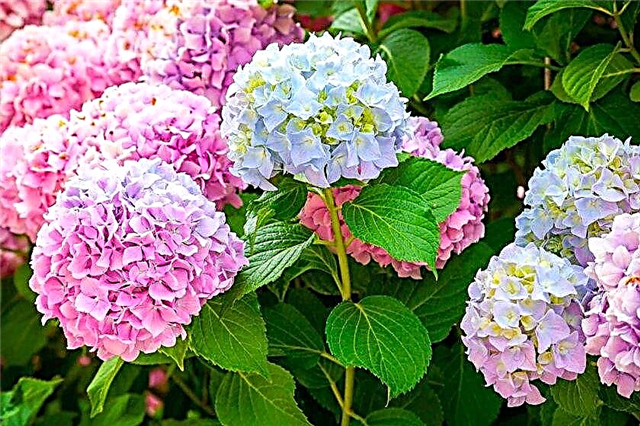
- Phlox - differ in magnificent blossoming. An inflorescence is formed on an erect stem, including up to 90 flowers of various colors, depending on the variety, exuding a pronounced pleasant aroma.

- Chrysanthemums - beautifully flowering plants. Recently, a huge number of different types of chrysanthemums have been bred. They combine well with coniferous plants, perfectly take root on different soils and are undemanding in care. In the composition, it is better to arrange them in the foreground to shade the greens of the spruce.

- Delphinium - the flower is characterized by very high peduncles, up to 2 m. They can break from gusts of wind, so it is better to plant in the immediate vicinity of the walls of buildings or a fence. This group of plants is characterized by a wide color palette. The planting of the dolphinium in bunches looks very interesting, that is, 1-3 bushes in separate zones. So the flowers will resemble torches that stand out against the background of green conifers. These plants can also be planted along the walls of the gazebo, thereby creating a romantic atmosphere and privacy.

- Clematis - climbing plant with beautiful bright flowers. In combination with spruce, this is ideal. Tree and liana will complement each other favorably. Clematis should be planted directly under the spruce. When the shoots reach the height of the first branches of the tree, they will need to be carefully tied. Throughout the flowering period, clematis will be woven with beautiful flower garlands of spruce.

- Lily - These plants with bell-shaped large flowers of various shades are perfect for designing paths or for planting in separate flower beds in combination with phlox and delphinium.

- Day-lily - In appearance, the flowers of the plant are similar to lilies. At high peduncles, several flowers are formed, which open one at a time, i.e. one has faded - the next has opened. Vegetation will emphasize the alpine hills favorably, and in rockery it will look good with stones like granite. These flowers are also suitable for shading artificial ponds and paths.

But rhododendrons do not tolerate the proximity to spruce trees. Their root system is located in the surface soil layer, just like part of the conifer rhizome. Given that spruce is a more aggressive culture, it will suppress rhododendron. In addition, this type of plant does not tolerate shading, so it is better not to combine them with tall trees.
If, nevertheless, a decision was made to plant them on the same site as conifers, then the distance between them should be observed within at least 7–10 m, depending on the variety.
Did you know? Spruce bark is used in skin tanning processes.
Annual flowers
Near the fir trees on the site, you can also plant annual flowers. The selection is quite rich. For example, if you picked a feather grass for your site, then salvia, or sage, will be beneficial to combine with it. This plant can also be a great lively curb along the tracks on the site.
 Viscari is more suitable for creating small groups consisting of stunted flowers. It will look great in combination with phlox, and will also help to shade the paths in the garden or to refine the color scheme next to an artificial reservoir in rockeries or rock gardens.
Viscari is more suitable for creating small groups consisting of stunted flowers. It will look great in combination with phlox, and will also help to shade the paths in the garden or to refine the color scheme next to an artificial reservoir in rockeries or rock gardens.

In addition to it, you can plant marigolds, marigold, nasturtiums, daisies. These plants will create a floral carpet feel. For this purpose, you can also use gypsophila weaving. The annual flax planted next to the spruce is perfect for creating a composition resembling a village field.
Especially precisely help to convey the idea of combining flax with various cereal crops and large single spruce planted. Eschscholzia, or California poppy, will fit well into this composition. Its flowers are identical in structure to poppies. Have an orange or red tint. Flowering lasts from June to September.
 Nigella looks very beautiful in rockeries and rock gardens. In appearance, it is somewhat reminiscent of a dream grass. She has the same thin leaves and a large flower. It is painted more often in shades of sky blue and blue. Yellow species are less common. It is better to plant the plant on individual flower beds, that is, it requires more thorough care than the already described representatives of the flora.
Nigella looks very beautiful in rockeries and rock gardens. In appearance, it is somewhat reminiscent of a dream grass. She has the same thin leaves and a large flower. It is painted more often in shades of sky blue and blue. Yellow species are less common. It is better to plant the plant on individual flower beds, that is, it requires more thorough care than the already described representatives of the flora.
Deciduous shrubs
To decorate the borders adjacent to the spruce, you can use dwarf varieties of barberry. Great for Bogatelle and Cobolt. Favorably emphasize the greenery of spruce Barberry Thunberg and Rose Glow. Combination with chrysanthemums will help to further emphasize the brightness of the flowerbed.
 Japanese spirea will help to beautifully supplement the rockery with coniferous plants. Great varieties: Alpina, Bulat, Crisp, Gray and Golden Princesses. These plants are characterized by unpretentious care and good tolerance of adverse weather conditions.
Japanese spirea will help to beautifully supplement the rockery with coniferous plants. Great varieties: Alpina, Bulat, Crisp, Gray and Golden Princesses. These plants are characterized by unpretentious care and good tolerance of adverse weather conditions.
They are popular among gardeners and landscape designers due to the high decorativeness during flowering, as well as interesting color palettes of deciduous cover at different stages of vegetation, which prevents the flowerbed from turning into one solid green spot.
Forsythia will help revitalize the composition. These are shrubs that begin to bloom in early spring. Flowers appear on bare shoots. Immediately after flowering, leaves form on the plants. In combination with spruce, bushes can be planted only if there are sandy soils on the site, that is, they are very demanding on soil moisture.
Overmoistening can lead to wilting of the plant. The optimal distance from spruce to forsythia is at least 7 m. To balance the dimensions of a large flower bed, you can plant a spruce on one side, and decorative willow on the other. Between them are barberries and annual flowers.
 1. Spruce prickly Misty Blue (Misty Blue); 2. European larch Pendula (Pendula); 3. Barberry Thunberg Pink Queen (Pink Queen); 4. Juniper scaly Blue Carpet (Blue Carpet); 5. Mountain pine Mops (Pug); 6. Juniper Andorra Compact (Andora Compact).
1. Spruce prickly Misty Blue (Misty Blue); 2. European larch Pendula (Pendula); 3. Barberry Thunberg Pink Queen (Pink Queen); 4. Juniper scaly Blue Carpet (Blue Carpet); 5. Mountain pine Mops (Pug); 6. Juniper Andorra Compact (Andora Compact).
Ideal neighbors for spruce are various types of viburnum. Especially beneficial emphasizes the greenery of the Christmas tree is such a variety as buldenezh. Her white flowers are gathered in huge balls, which gives the composition an elegant look.
Shrubs of vesicles can be located in a layer below the buldeneg. Their foliage looks like mountain ash. Flowers are collected in large inflorescences of a hemispherical shape. Can be painted in pink, white and red colors.
 Foliage in the fall becomes golden and crimson.
Foliage in the fall becomes golden and crimson.
Derain (pork) is usually suitable for growing in the immediate vicinity of spruce. It is undemanding to soil and lighting. The plant can be found in coniferous forests and transplanted to your site. The main decorative feature of the swine is its shoots.
The bark on them is glossy, shimmers with crimson, olive, yellow-lemon and ocher flowers. Vegetation is great for zoning a site, focusing on certain objects.
Did you know? The average lifespan of spruce is 200-300 years, and some specimens growing in the wild manage to survive up to 600 years.
Growing spruce on the plot is quite simple. The main problem is the selection of neighbors for this plant. But if you use the tips given above and find specimens that create symbiosis with conifers, you can easily avoid it and organize a unique natural zone right in the country.

 The most suitable species: fegopteris beechen and Linnea's holokomuchnik.
The most suitable species: fegopteris beechen and Linnea's holokomuchnik.












